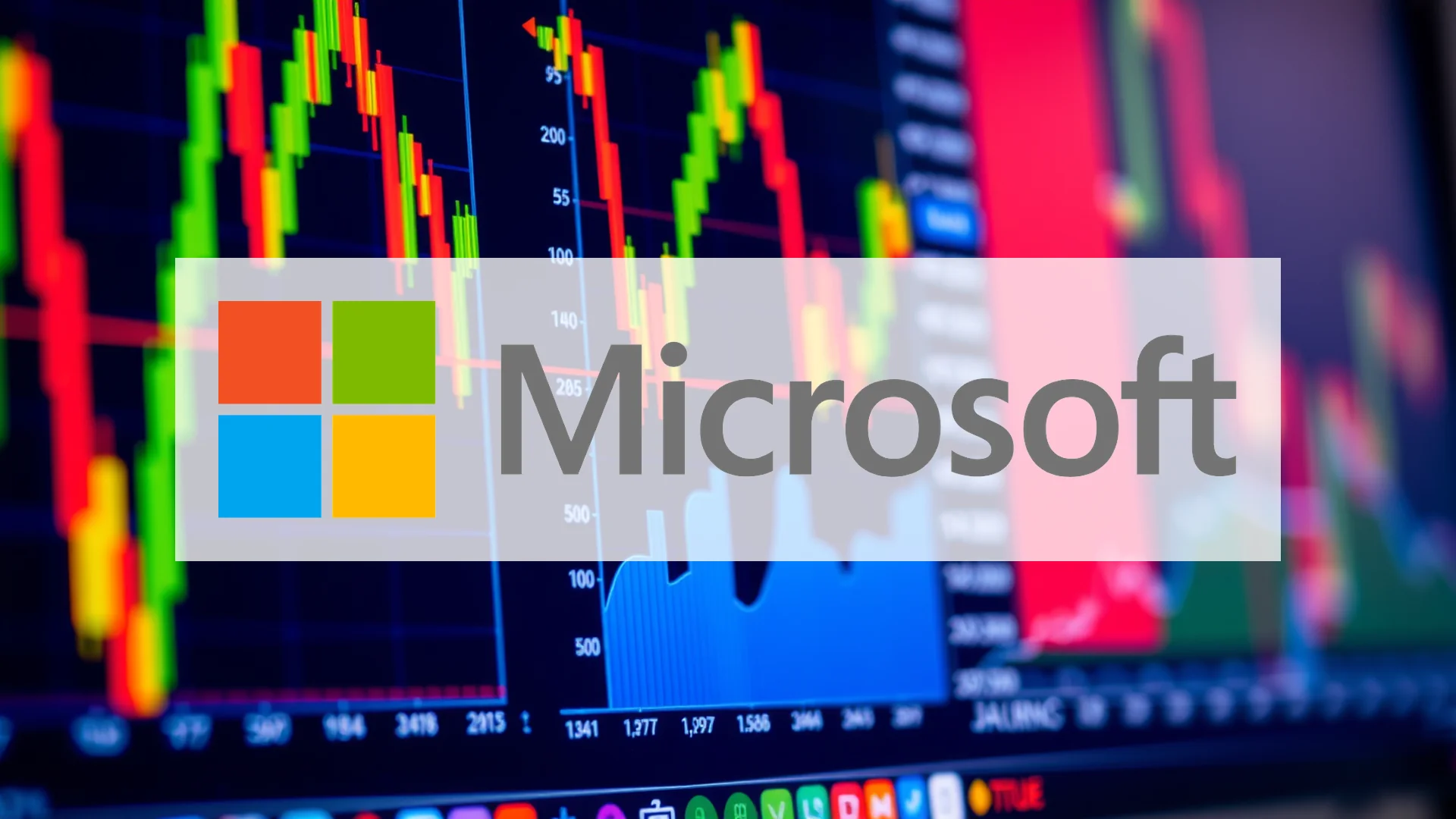As geopolitical instability fuels worldwide demand for advanced weaponry, U.S. defense contractor Lockheed Martin is significantly expanding its manufacturing output. The company faces the critical challenge of determining whether its surging missile business can sufficiently counterbalance ongoing delays within its flagship fighter jet program.
Production Surge Across Key Systems
Lockheed Martin announced Wednesday substantial increases in manufacturing capacity for several crucial defense systems. The production rate for the in-demand PAC-3 MSE missiles will accelerate to more than 600 units this year, with established plans to reach 650 annually. Even more notably, manufacturing capacity for the Guided Multiple Launch Rocket System (GMLRS) will expand to 14,000 units each year.
Perhaps the most striking development involves the HIMARS launcher systems, where production is doubling from 48 to 96 units annually. This ambitious target was achieved ahead of the original schedule, reflecting the company’s rapid response to escalating international demand for sophisticated defense technology driven by persistent global conflicts.
Operational Challenges Persist
Despite these production successes, significant hurdles remain for the defense conglomerate. While missile systems manufacturing thrives, the cornerstone F-35 program confronts substantial delivery obstacles. New Pratt & Whitney engines for Lots 18 and 19 are experiencing approximately six-month delays, pushing full delivery into spring 2026.
Should investors sell immediately? Or is it worth buying Lockheed Martin?
This operational divergence highlights the dual reality confronting Lockheed Martin: it simultaneously capitalizes on the current global defense spending increase while grappling with supply chain disruptions that plague the entire aerospace and defense sector. Market observers are questioning whether the robust profits generated by missile sales will adequately compensate for financial impacts stemming from combat aircraft program delays.
Critical Financial Reporting Ahead
Investor attention is firmly fixed on October 21, when Lockheed Martin will disclose third-quarter 2025 financial results. Market analysts project earnings of approximately $6.33 per share. This quarterly report will provide crucial evidence indicating whether the massive production expansion is translating into tangible financial performance.
The upcoming earnings release presents a pivotal moment for shareholders. The defense giant must demonstrate its ability to meet elevated market expectations despite persistent supply chain complications. The outcome will likely determine whether the company’s stock maintains its recent recovery trajectory or experiences significant volatility.
Ad
Lockheed Martin Stock: Buy or Sell?! New Lockheed Martin Analysis from November 24 delivers the answer:
The latest Lockheed Martin figures speak for themselves: Urgent action needed for Lockheed Martin investors. Is it worth buying or should you sell? Find out what to do now in the current free analysis from November 24.
Lockheed Martin: Buy or sell? Read more here...










